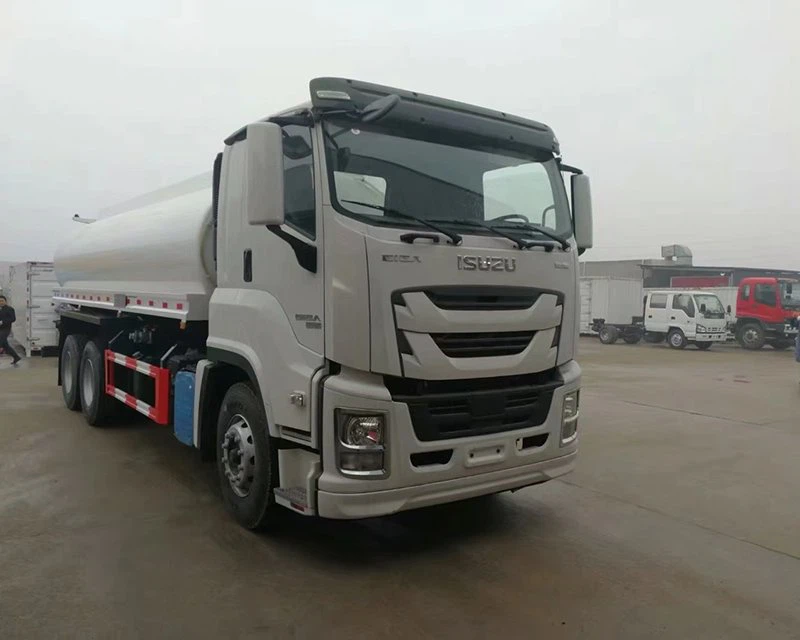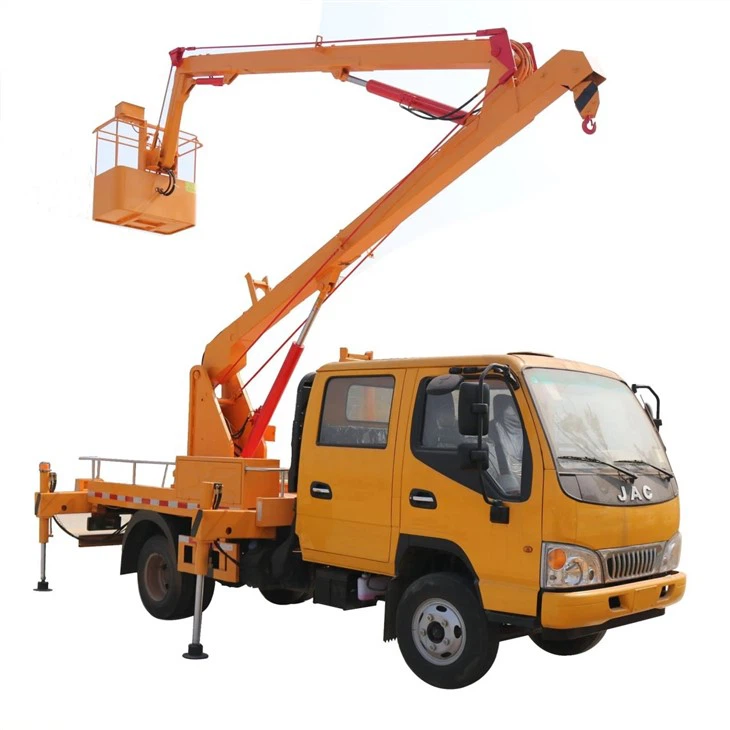Understanding the Rear Load Trash Truck: Features, Benefits, and Best Practices

The rear load trash truck is a critical component of municipal waste management, designed to enhance efficiency in collecting and transporting garbage. This comprehensive article will delve into the features, advantages, and operational guidelines of rear load trash trucks, along with practical examples and tips for effective usage. Aimed at waste management professionals and curious readers alike, this guide will cover various aspects of rear load trash trucks while ensuring keyword optimization for better search visibility.
What is a Rear Load Trash Truck?
Rear load trash trucks are specialized vehicles designed for collecting waste and transporting it to disposal sites. They are easily identifiable by their rear-loading mechanism, which allows operators to dump trash into a hopper located at the back of the truck. This design provides several operational advantages, making them a popular choice for municipal waste collection companies.
The Mechanism of Rear Load Trash Trucks
Rear load trucks are equipped with a hydraulic lifting system that raises the waste to dump it into the truck. The rear access makes it easier for garbage collectors to deposit large bags and items while minimizing the risk of accidents. The simplicity of the design enhances its efficiency in urban environments.
Key Components of a Rear Load Trash Truck
- Hopper: The compartment that collects and stores waste material.
- Hydraulic System: Powers the lifting mechanism and compactor plate.
- Chassis: The truck’s foundation, supporting the entire structure.
- Tailgate: The rear door that seals the load and allows for easy dumping.
Advantages of Using Rear Load Trash Trucks
Rear load trash trucks offer numerous advantages compared to other waste collection vehicles, contributing to their widespread adoption.
1. Efficiency in Waste Collection
The design of rear load trash trucks allows for quick loading of waste, which improves collection efficiency. Workers can easily access the truck’s hopper without needing to walk around the vehicle.
2. Compact Design
These trucks are typically smaller and more compact than front load or side load options, making them ideal for urban areas with narrow streets and limited maneuverability.
3. Improved Safety Features
Rear load trucks often come with safety features such as backup alarms, reflective signage, and automatic tailgates, ensuring the safety of operators and the public.
4. Cost-Effectiveness
The operational costs associated with rear load trucks are generally lower, as they require less maintenance and fuel compared to larger, more complex waste collection vehicles.
5. Versatility
Rear load trucks can handle various types of waste, including residential trash and commercial refuse, making them versatile for different collection needs.
Best Practices for Operating a Rear Load Trash Truck
Effective operation of rear load trash trucks is crucial for waste management. Here are some best practices that ensure optimal performance.
1. Regular Maintenance
Conducting regular inspections and maintenance on hydraulic systems, brakes, and tires will prolong the truck’s lifespan and ensure safety during operation.
2. Staff Training
Investing in comprehensive training for staff on safe loading and unloading procedures is important to reduce accidents and injuries.
3. Route Planning
Proper route planning enables drivers to maximize efficiency and minimize fuel consumption. Utilizing GPS systems can greatly enhance route optimization.
4. Waste Segregation
Encouraging waste segregation at the source helps in managing different types of waste effectively, reducing the overall load on rear load trash trucks.
Case Studies: Effective Use of Rear Load Trash Trucks
Several municipalities and waste management companies have successfully integrated rear load trash trucks into their operations. Below are examples illustrating their effectiveness.
City of Springfield: Urban Waste Management
The City of Springfield adopted rear load trash trucks in their urban waste collection program. By training operators and optimizing routes, they increased collection efficiency by 30%, leading to a reduction in operational costs.
Green Waste Solutions: Commercial Collection
Green Waste Solutions used rear load trucks to service local businesses. By implementing a quick-response team that specialized in commercial waste, they improved customer satisfaction and reduced turn-around times for waste collection.
Environmental Impact of Rear Load Trash Trucks
Using rear load trash trucks can significantly reduce environmental footprints. Here are a few points highlighting their impact:
1. Reduced Greenhouse Gas Emissions
With better fuel efficiency compared to larger trucks, rear load trash trucks contribute to lower greenhouse gas emissions.
2. Promotion of Recycling
These trucks can be equipped for easy sorting, aiding in recycling efforts and encouraging communities to recycle more.
3. Waste Minimization
By efficiently collecting waste, municipalities can implement waste-to-energy programs and other strategies aimed at minimizing waste sent to landfills.
Technological Innovations in Rear Load Trash Trucks
The waste management industry is continually evolving, and rear load trash trucks are no exception. The introduction of technology can further enhance their operation.
1. Smart Sensors
Equipping trucks with smart sensors can monitor weight and load distributions, allowing for better management and scheduling of collection.

2. Automated Feature Implementations
Automation in the loading process reduces human labor and enhances safety, making operations more efficient.
3. Fleet Management Software
Utilizing fleet management software provides insights into operational efficiency, vehicle health, and route optimization, leading to overall productivity improvements.
Common Challenges Faced in Rear Load Trash Truck Operations
Despite their advantages, rear load trash trucks face certain challenges that require addressing.
1. Loading Efficiency in High-Volume Areas
In high-volume neighborhoods, loading times can increase due to congestion, thereby impacting overall collection efficiency.
2. Limited Load Capacity
Rear load trash trucks may not accommodate large waste volumes in one trip, leading to more frequent collections that can strain resources.

3. Maintenance Costs
While maintenance costs are generally lower, neglect can lead to expensive repairs, so routine checks are essential to prevent downtime.
Future Trends in Rear Load Trash Truck Design
The future of rear load trash trucks is likely to be influenced by varying trends in technology, sustainability, and urbanization.
1. Electric Rear Load Trucks
The shift towards electric vehicles in waste collection can reduce reliance on fossil fuels, decreasing operational costs and environmental impact.
2. Increased Automation

Future designs may incorporate more automation for loading and unloading processes, leading to enhanced safety and efficiency.
3. Enhanced Safety Features
Improvements in safety technology, such as collision avoidance systems, will be crucial in minimizing accidents and enhancing operational safety.
FAQ About Rear Load Trash Trucks
1. What is the average lifespan of a rear load trash truck?
The average lifespan of a rear load trash truck is typically around 10-15 years, depending on the utilization and maintenance frequency.
2. How much waste can a rear load truck carry?
Rear load trucks can generally handle between 10 to 20 cubic yards of waste, depending on the model and design specifications.
3. Can rear load trash trucks be used in residential areas?
Yes, rear load trash trucks are commonly used in residential areas, as their compact design makes them suitable for narrow streets and tight spaces.
4. What type of fuel do rear load trash trucks typically use?
Most rear load trash trucks run on diesel fuel, but there is a growing trend towards incorporating alternative fuel sources, including natural gas and electric power.
5. Are rear load trash trucks safe for operators?
When properly maintained and operated, rear load trash trucks include several safety features to protect operators and workers, including alarms and reflectors.
6. How can municipalities improve the efficiency of their rear load trash truck operations?
Municipalities can improve efficiency by investing in staff training, optimizing routes, and integrating technology for better management and tracking of collection data.
